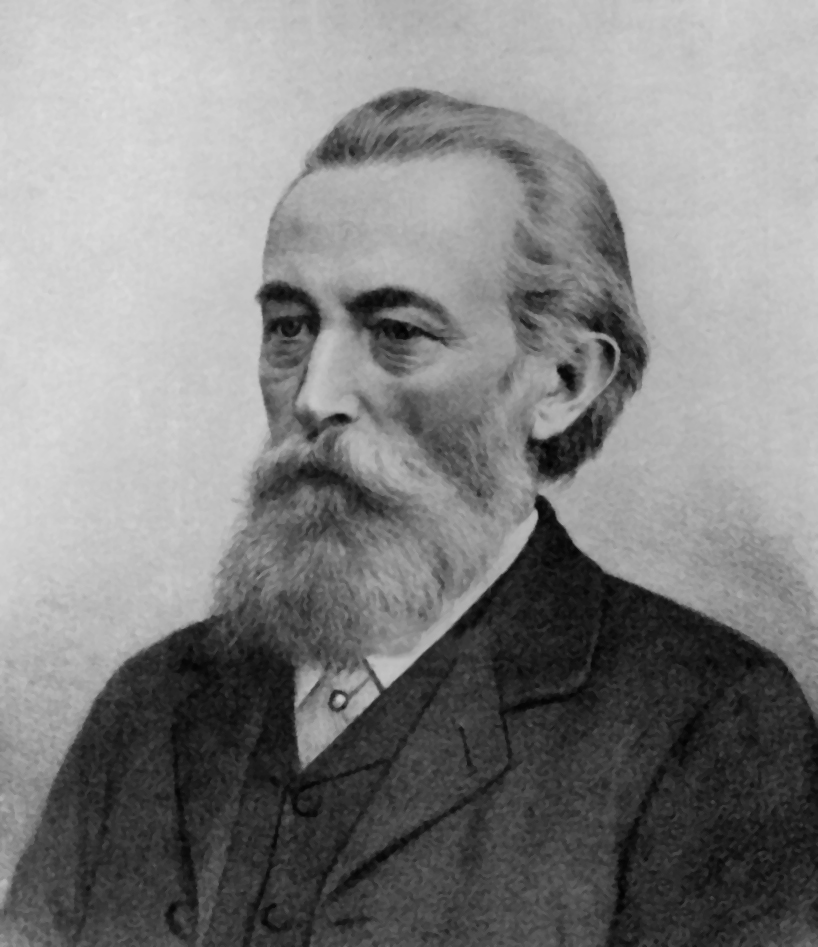External links
- Now Music Vol.4 at CD-Baby Album track listing and reviews
- mikegarson.com Official Website with Discography
| This 2000s jazz album-related article is a stub. You can help Wikipedia by expanding it. |
| Now Music, Vol.4 | ||||
|---|---|---|---|---|
| Studio album by | ||||
| Released | November 2003 | |||
| Recorded | 2003 | |||
| Genre | Jazz fusion | |||
| Length | 72:00 | |||
| Label | MG&A | |||
| Producer | Mike Garson | |||
| Mike Garson chronology | ||||
| ||||
Now! Music (Volume IV) is the ninth solo album by jazz pianist Mike Garson, and was released in 2003.
Jazz is a music genre that originated in the African-American communities of New Orleans, United States, in the late 19th and early 20th centuries, and developed from roots in blues and ragtime. Jazz is seen by many as "America's classical music". Since the 1920s Jazz Age, jazz has become recognized as a major form of musical expression. It then emerged in the form of independent traditional and popular musical styles, all linked by the common bonds of African-American and European-American musical parentage with a performance orientation. Jazz is characterized by swing and blue notes, call and response vocals, polyrhythms and improvisation. Jazz has roots in West African cultural and musical expression, and in African-American music traditions including blues and ragtime, as well as European military band music. Intellectuals around the world have hailed jazz as "one of America's original art forms".
| This 2000s jazz album-related article is a stub. You can help Wikipedia by expanding it. |

Edvard Hagerup Grieg was a Norwegian composer and pianist. He is widely considered one of the leading Romantic era composers, and his music is part of the standard classical repertoire worldwide. His use and development of Norwegian folk music in his own compositions brought the music of Norway to international consciousness, as well as helping to develop a national identity, much as Jean Sibelius and Bedřich Smetana did in Finland and Bohemia, respectively.

Isaac Stern was an American violinist.

Sonata, in music, literally means a piece played as opposed to a cantata, a piece sung. The term evolved through the history of music, designating a variety of forms until the Classical era, when it took on increasing importance. Sonata is a vague term, with varying meanings depending on the context and time period. By the early 19th century, it came to represent a principle of composing large-scale works. It was applied to most instrumental genres and regarded—alongside the fugue—as one of two fundamental methods of organizing, interpreting and analyzing concert music. Though the musical style of sonatas has changed since the Classical era, most 20th- and 21st-century sonatas still maintain the same structure.
Sonata form is a musical structure consisting of three main sections: an exposition, a development, and a recapitulation. It has been used widely since the middle of the 18th century.
Ludwig van Beethoven's Piano Sonata No. 8 in C minor, Op. 13, commonly known as Sonata Pathétique, was written in 1798 when the composer was 27 years old, and was published in 1799. It has remained one of his most celebrated compositions. Beethoven dedicated the work to his friend Prince Karl von Lichnowsky. Although commonly thought to be one of the few works to be named by the composer himself, it was actually named Grande sonate pathétique by the publisher, who was impressed by the sonata's tragic sonorities.

Heinrich Ignaz Franz Biber was a Bohemian-Austrian composer and violinist. Born in the small Bohemian town of Wartenberg, Biber worked in Graz and Kremsier before he illegally left his Kremsier employer, Prince-Bishop Carl Liechtenstein-Kastelkorn, and settled in Salzburg. He remained there for the rest of his life, publishing much of his music but apparently seldom, if ever, giving concert tours.

David Leo Diamond was an American composer of classical music.
Sonata rondo form is a musical form often used during the Classical music era. As the name implies, it is a blend of sonata form and rondo form.

Robert Fuchs was an Austrian composer and music teacher. As Professor of music theory at the Vienna Conservatory, Fuchs taught many notable composers, while he was himself a highly regarded composer in his lifetime.

Grigory Lipmanovich Sokolov born April 18, 1950, is a Russian concert pianist. He is among the most esteemed of living pianists and is widely admired as a pianist of uncompromising technical perfection, visionary interpretations and broad repertoire, spanning composers from the baroque period such as Bach, Couperin or Rameau up to Schoenberg and Arapov. He regularly tours Europe, and resides in Italy when he doesn't.
The viola sonata is a sonata for viola, sometimes with other instruments, usually piano. The earliest viola sonatas are difficult to date for a number of reasons:

C minor is a minor scale based on C, consisting of the pitches C, D, E♭, F, G, A♭, and B♭. Its key signature consists of three flats. Its relative major is E♭ major and its parallel major is C major.

Frédéric Chopin's Piano Sonata No. 2 in B-flat minor, Op. 35, is a piano sonata in four movements. Chopin completed the work while living in George Sand's manor in Nohant, some 250 km (160 mi) south of Paris, a year before it was published in 1840. The first of the composer's three mature sonatas, the work is considered to be one of the greatest piano sonatas of the literature.

A major is a major scale based on A, with the pitches A, B, C♯, D, E, F♯, and G♯. Its key signature has three sharps. Its relative minor is F-sharp minor and its parallel minor is A minor. The key of A major is the only key where a Neapolitan sixth chord on requires both a flat and a natural accidental.

D minor is a minor scale based on D, consisting of the pitches D, E, F, G, A, B♭, and C. Its key signature has one flat. Its relative major is F major and its parallel major is D major.

A minor is a minor scale based on A, with the pitches A, B, C, D, E, F, and G. Its key signature has no flats and no sharps. Its relative major is C major and its parallel major is A major.

E minor is a minor scale based on E, consisting of the pitches E, F♯, G, A, B, C, and D. Its key signature has one sharp. Its relative major is G major and its parallel major is E major.

"Analogue " is a song by the Norwegian band A-ha. It is the title track of their eighth studio album, which was released in 2005. The song itself was released as a single.
Fitzwilliam Sonatas is the name first given by Thurston Dart to an arrangement he made, based on two recorder sonatas by George Frideric Handel, which he recast as a group of three sonatas. The term was applied by later editors to the original two sonatas as Handel wrote them, and was also expanded to encompass several other sonatas for various instruments included in the Handel autograph manuscripts held by the Fitzwilliam Museum in Cambridge.